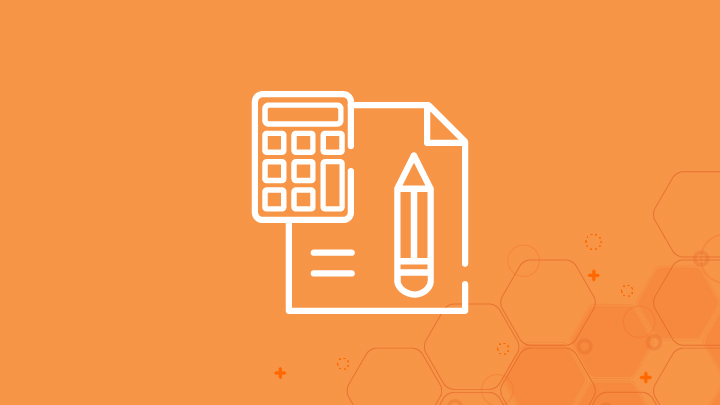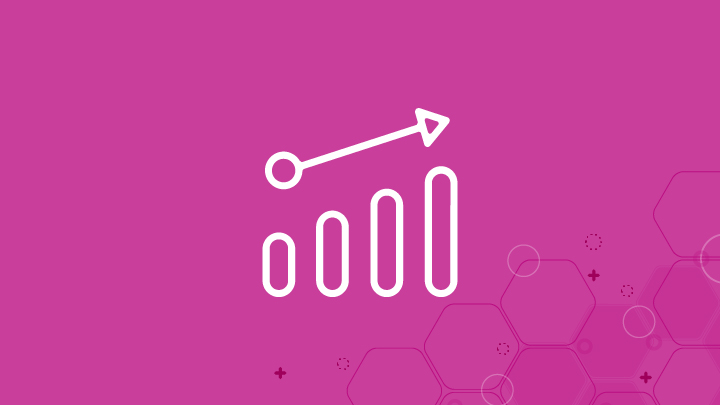In my 20-plus years in the classroom, I have always wanted to get away from teaching to the middle. I’d often ask myself: How do I challenge all students and support all students at the same time? What skills, resources, and tech do I need to be able to do this? Is it even possible? I didn’t know how to address the problem or where to get started.
Last year, I had the opportunity to work with a coach. For the first time, I had a thought partner who could help me take my ideas and help me develop a plan for making them a reality. I shared my desire to move away from teaching to the “average” student and start providing each student with the unique support they needed to be successful. Together, my coach, Capp, and I decided I should try using a mastery-based system in my classroom as a strategy to support remediation. With some suggestions from my coach and resources I found in the Mastery-Based Progression Strategy Pack, I was off and running with quite a few ideas to try.
Using a Mastery-Based Approach to “Fill in the Gaps”
Moving to a full Mastery-Based system wasn’t necessary to enact my goal of providing students with a more tailored learning experience. By identifying a few key strategies and systems, I was able to move towards my goals without doing a complete overhaul of my instructional approach.
The Fill in the Gaps strategy most naturally fit with my teaching philosophy: all students can learn, but they don’t all learn the material at the same time. I began developing my mastery-based approach from several different ideas. I found the teacher-created resources shared on the BetterLesson website were enough to get me started, but I wanted to go a step further. After listening to several educational podcasts and finding some resources shared on Twitter, I got enough ideas together to start creating my version of the Fill in the Gaps strategy as a Google Sheets hyperlinked document.
I then refined each of my units down to the basic standards a student would need to master and added them to Column A. I set the headings for columns B through G in the sheet as links to pre-tests, practice activities, and YouTube videos for reteaching, as well as to the post-test, which was password-protected. I created separate sheets within the sheet for each unit and followed the same template for each of the columns.
Once I’d broken down the units by standard, I used Google Forms to create the pre-tests with short-answer questions and set a specific percentage requirement for mastery. In this case, if students got 80% or higher, they could add a check to the corresponding checkbox column and move on to the next learning goal. For some of the practice activities, I created a branching Google Form with sections and used the “Go to Section Based on Answer” feature to direct students through the form based on the correct answers. If a student got the answer wrong, they were taken to a section that had text and images to help them relearn the concept. These reteach sections included a couple of the questions about foundational knowledge to determine if they understood the concept.
After a few weeks of work, my new mastery-based was up and running and I quickly had an opportunity to try it with my students.
Empowering Student Ownership with a Mastery-Based Progressions
In February, our school counselor came to me with a concern. One of our hardworking students, Christina, failed the first semester of my class and was also struggling in quite a few other classes. The counselor was worried that Christina wouldn’t be able to create a course schedule that would accommodate all of the failed courses and keep her on track to graduate. I told the school counselor and principal about the Fill in the Gaps pathways. It could give us a way for Christina to work at her own pace through the learning goals she had failed. They were on board. And after presenting the idea to Christina, she said she was willing to give it a shot.
Christina was able to work at her own pace on the standards that she was not yet proficient in, and ended up with a much better grade in biology. After the process was finished, I interviewed her about her experience with the document.
Mrs. Heupel: How was this assignment different than other assignments you’ve done in science class and in general?
Christina: It was all your own pace. You didn’t have to do it in the classroom; you could take the test, and if you didn’t get it, you could practice more to help you complete it. In most classes, teachers just give you tests, and if you don’t complete it then, that’s your grade.
Mrs. Heupel: What did you feel was challenging about the assignment? What did you enjoy?
Christina: Some of the topics were hard, but eventually it got way easier to understand what was going on in the classroom. I liked being able to work on it by myself, and if I had questions, I just looked it up online. I liked that there wasn’t a time frame on the assignment. It’s just there, and you can do it on your own time.
Most importantly, Christina shared that the assignment “made [her] feel good about school.” She also said: “It felt good to know that I am able to pass classes. There are some things that I am able to do. If there were more things like this, it would be easier…. If I am still trying my hardest in class and don’t pass, I can still use this and be successful.”
Reflecting on My First Attempt
There are quite a few things that were a beneficial about this initial trial run with Christina. It gave me the initial feedback that I needed from a student’s perspective to make improvements to the pathways for each learning goal. I am even more excited to have a system that I can rely on to offer future students who are struggling with one or more standards. I also know more of the ins and outs of using outside websites as sources for the formative feedback both the student and I need to determine readiness for the post-test, as well.
Now that I have a better idea of how the process can work, there are some changes I plan to make to my document. First, I’ll make all of my pre- and post-tests in Google Forms. With Google Forms students don’t need to remember logins, I can easily access student readiness scores, and I’ll receive email notifications for new responses. Because these lessons were self-paced, these features help track student progress and help me encourage students when I see them in the hallway or in class. I am also considering using more resources from sources such as Khan Academy to provide more high-quality content for students and reduce creation time for me.
Overall, the success of the Fill in the Gaps strategy lies in its foundation. Its design provides students with a clear purpose, a timetable, scaffolding, and built-in formative assessments that give students to find mastery at their own pace. This year I’m looking for opportunities to expand this option to more students. I’ve even started to consider how I might use mastery-based learning as my primary method of instruction. Whatever I decide, I’ll be able to use what I learned from working with my coach to take this system to the next level.






